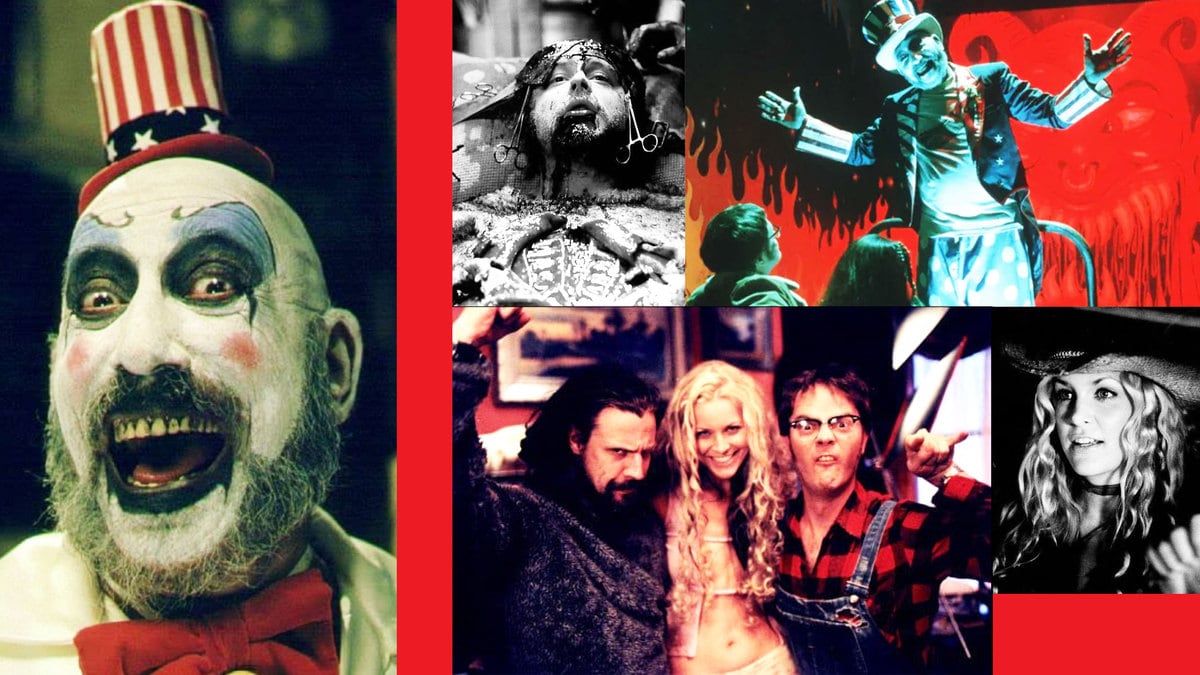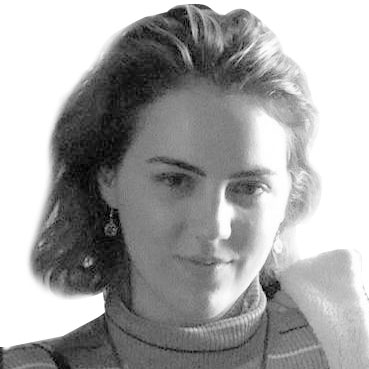Rob Zombie’s ‘House of 1,000 Corpses’ Turns 20: An Oral History of a Bloody Cult Classic
RUN RABBIT RUN
As the cult classic turns 20, here’s the story of a hellraising director who was given a blank check to make his gory spectacular, scared off film execs, and inspired generations.






